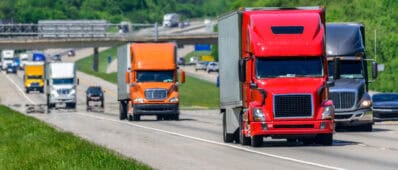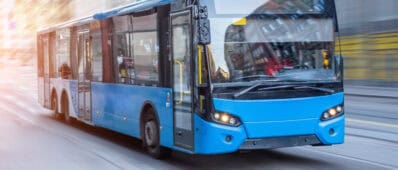Abstract
Electrification of trucking combined with connected technologies promise to cut the cost of freight transportation, reduce its environmental footprint, and make roads safer. If electric trucks are powerful enough to cease behaving as moving bottlenecks, they could also increase the capacity of existing roads and reduce the demand for new road infrastructure, a consequence that has so far been understudied. To explore the potential speed changes of replacing conventional heavy-duty drayage trucks with electric and/or connected trucks, we performed microscopic traffic simulations on a network centered on I-710, the country’s most important economic artery, between the San Pedro Bay Ports and downtown Los Angeles, in Southern California. In addition to a 2012 baseline, we analyzed twelve scenarios for the year 2035, characterized by three levels of road improvements and four types of heavy-duty port trucks (HDPT). Our results show that 1,000 hp electric/hydrogen trucks (eTs) can be a substitute for additional freeway lanes in busy freight corridors. While conventional HDPTs with CACC would only slightly increase network speeds, replacing conventional HDPTs with eTs and improving selected I-710 ramps should be sufficient to absorb the forecasted increases in drayage demand for 2035 without adding a controversial lane to I-710. Our results highlight the importance of accounting for the impacts on the speed of new vehicle technologies in infrastructure planning and suggest shifting funding from building new capacity to financing 1,000 hp connected electric trucks in freight corridors until the market for these vehicles has matured.




